O sho was asked many times why he didnt write an autobiography, or at least grant a series of interviews so that someone else could construct a historical account of his life. He would always dismiss these questions with a wave of his hand: timeless truths are important, he would say, not the newspaper clippings that we collect and call history. Or, he would say, his biography is to be found in the sum of his workin his hundreds of volumes of published talks, and in the transformed lives of the people he touched.
Nevertheless, the human mind hankers to make sense of events that happen in time. We want to grasp hold of a context within which we can persuade ourselves that we understand the meaning of the stuff that happensespecially when these happenings appear to be contradictory startling, unusual. This volume is a recognition that the time has come to provide that context for understanding Osho and his work.
Ten years have passed since, in the words of his attending physician, Osho prepared for his departure from the body that had served him for fifty-nine years as calmly as though he were packing for a weekend in the country. And in a very real sense, this autobiography could not have been assembled without that passage of time and the profound changes that have come about as a result. Since Osho packed up and went for his weekend in the country, both CNN and the Internet have been born. The utopian vision that Osho spoke of so oftenof a world without the divisions of national boundaries, of race or religion, gender or creedis now at least imaginable, even if it is not yet a reality. Meditation, which Osho insists again and again lies at the very core of his message, is not just the obscure and puzzling interest of a few eccentrics but has become increasingly recognized for its potential to benefit everybody from stressed-out business executives to cancer patients. In other words, although Osho is unquestionably still a man ahead of his time, the time has at least caught up with him enough to make it possible for more people to comprehend his unique perspective and vision.
On a more practical level, time and technology have allowed the custodians of Oshos vast body of work to digitize and make available for research nearly five thousand hours of his recorded talks in English, plus hundreds more discourses as they become available in translation from the Hindi. This means that within a matter of seconds one can know that in these talks, Osho uses variations of the word meditation twenty-five thousand times, and the word love nearly forty-two thousand times. Variations of the word sex, which was thought to be an unseemly topic for a mystic to speak about in the 1960s in India, appear just nine thousand three hundred timestwo thousand more than references to politics and politicians.
Of course, to research the material for instances where Osho spoke directly about his own life demands more human intelligence than computer software can provide. Without three years of work dedicated specifically to that task, this book could not have happened. And finally, to construct an autobiography from the available materialone that honors Oshos understanding of the relative importance of the truth versus the fact, of the timeless versus the momentaryrequires a somewhat foolhardy willingness to undertake the impossible.
Example: For a number of years after graduating from the university, Osho taught philosophy. The fact-oriented mind labels him a former philosophy professor, thereby satisfying itself that it knows something important about who he is. But as far as Osho is concerned, he might as well have been a shoemaker or a carpenter. The important thing is not what he does, but who he is. The fact-oriented mind wants to define people by what they do rather than who they are, by what possessions they acquire in life rather than what understandings they take with them when they die. But it is precisely the dimension of beingnot the dimension of doing or havingthat is Oshos central concern. To the extent that we assign significance to the outer events of his life based on our own values of doing and having, we are bound to misunderstand him.
But, timeless truths aside, the fact is that Osho trained himself not to make shoes or build furniture, but to express himself in words. Both his friends and his enemies agree that he does this with uncommon eloquence, insight, and humor. To select the right words to represent his life might have been possible, even easy, if Osho had a consistent philosophy that he was trying to teach people. He does not. It might have been possible if he had been part of a tradition that he was trying to uphold, or declared that he was some sort of supernatural messenger or prophet who had come to found a new tradition. Nothing could be farther from the truth. On the contrary he repeatedly emphasizes that he is not only not part of any tradition but has done everything humanly possible to prevent the creation of a tradition around him once he is gone.
So the words in this volume are not intended to becannot be, by the very nature of its subjectthe definitive answer to the question, Who is Osho? They are, rather, a guide to the ongoing pursuit of that question in the context of the timeless as well as the timely, in the context of being as well as doing. In the end, Osho says, we will come to know who he is only when we come to know who we are. In handing us that challenge, he invites us to learn from his life what we can, but to recognize that it is meaningful only to the extent that it points us in the direction of learning more about ourselves.
Sarito Carol Neiman
T he first thing you have to understand is the difference between the fact and the truth. Ordinary history takes care about the factswhat actually happens in the world of matter, the incidents. It does not take care about the truth because truth does not happen in the world of matter, it happens in consciousness. And man is not yet mature enough to take care about the events of consciousness.
He surely takes note of events happening in time and in space; those are the facts. But he is not mature enough, not insightful enough to take notice of what happens beyond time and beyond spacein other words, what happens beyond mind, what happens in consciousness. One day we will have to write the whole of history with a totally different orientation, because the facts are triviaalthough they are material, they dont matter. And the truths are immaterial but they matter.
The new orientation for a future history will concern itself with what happened inside Gautam Buddha when he became enlightened, what went on happening while he was in the body for forty-two years after his enlightenment. And what was happening in those forty-two years is not going to be discontinued just because the body drops dead. It had no concern with the body, it was a phenomenon in consciousnessand consciousness continues. The pilgrimage of the consciousness is endless. So what was happening in the consciousness, inside the body, will go on happening outside the body That is a simple understanding.
This story is a story of inner happenings.

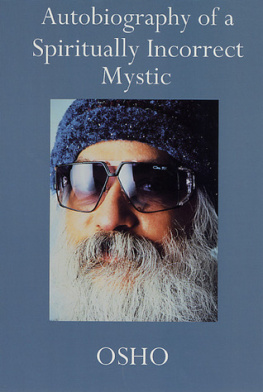
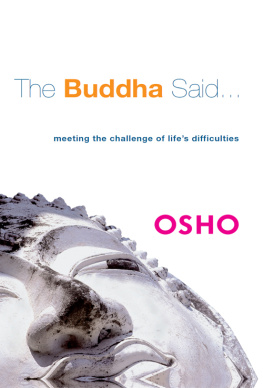
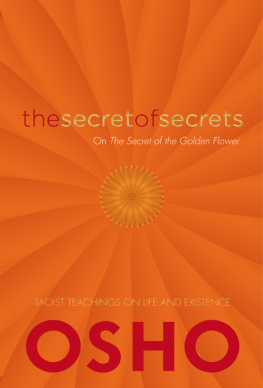
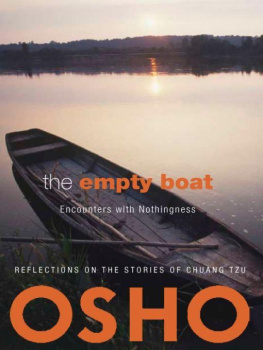
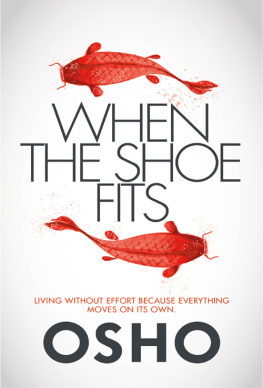
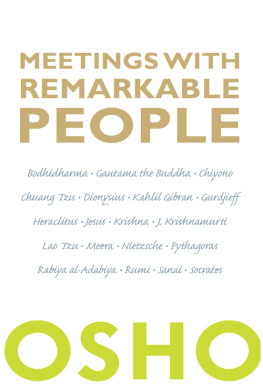
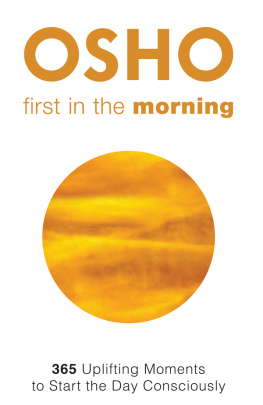


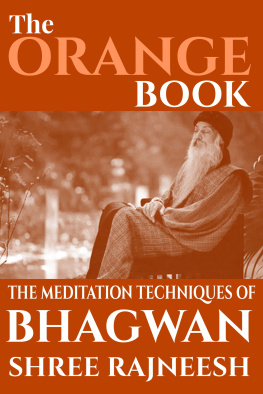
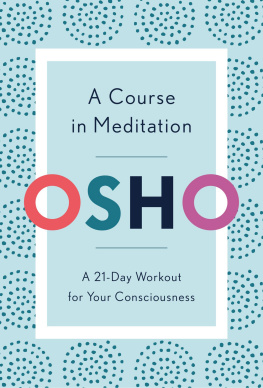
![Osho [Osho] - The Art of Dying](/uploads/posts/book/114253/thumbs/osho-osho-the-art-of-dying.jpg)

